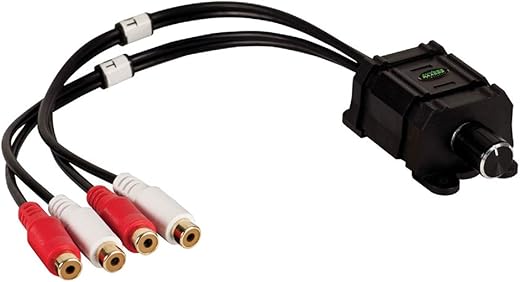









Understanding Level Controllers: A Comprehensive Guide
Level controllers are essential devices used in various industries to maintain the desired level of liquids or solids in tanks, silos, or other containers. Whether you’re managing water in a reservoir or granules in a manufacturing facility, these devices play a crucial role in automating processes and ensuring efficiency. But what exactly are level controllers, and why should you consider using one? Let’s dive deeper.
What is a Level Controller?
At its core, a level controller is a device that monitors and regulates the level of a substance within a given space. Think of it as a diligent guardian, constantly keeping an eye on the level of liquid in a tank, ensuring it neither overflows nor runs dry. When the substance reaches a predetermined level, the controller activates a pump, valve, or other equipment to maintain that level. This automation not only saves time but also prevents potential disasters like spills or equipment damage.
Types of Level Controllers
Level controllers can be categorized into two primary types: continuous and point level controllers.
Continuous Level Controllers
Continuous level controllers provide ongoing monitoring of the level within a container. They use various technologies such as:
– **Ultrasonic Sensors**: These devices send out sound waves that bounce back when they hit the surface of the liquid. By measuring the time it takes for the waves to return, the controller can determine the liquid level accurately.
– **Capacitance Sensors**: These sensors measure the change in capacitance caused by the presence of a liquid or solid. The level is determined based on these changes, making it useful for various applications.
– **Radar Sensors**: Using microwave radar technology, these sensors can measure levels even in conditions of steam or dust, making them ideal for challenging environments.
Point Level Controllers
Point level controllers, on the other hand, focus on detecting whether a certain level has been reached. They activate or deactivate a process based on this threshold. Types include:
– **Float Switches**: These simple devices float on the surface of the liquid and switch on or off based on their position.
– **Optical Sensors**: These sensors utilize light to detect the presence or absence of a substance, offering a reliable way to monitor levels.
– **Pressure Sensors**: By measuring the pressure exerted by the liquid column above, these sensors can determine the level of the liquid.
Why Use a Level Controller?
Now that you know what level controllers are and the types available, the next question is: Why should you invest in one? Here are some compelling reasons:
1. **Enhanced Safety**: A level controller minimizes the risks associated with overflows or dry running, which can lead to hazardous situations.
2. **Improved Efficiency**: Automating level management can significantly reduce manual monitoring, allowing your team to focus on more critical tasks.
3. **Cost-Effective**: While there may be an initial investment, the long-term savings from reduced waste and improved process efficiency can be substantial.
4. **Versatile Applications**: From water treatment plants to food and beverage industries, level controllers find applications in a plethora of sectors, making them indispensable.
How to Choose the Right Level Controller
Selecting the right level controller can seem daunting, but it doesn’t have to be. Here are some factors to consider:
– **Type of Material**: Are you measuring a liquid, solid, or slurry? Different materials may require specific sensor types.
– **Environmental Conditions**: Consider factors like temperature, pressure, and the presence of vapors or dust.
– **Installation Space**: Ensure you have adequate space for the device and any associated equipment.
– **Budget**: While it’s essential to find a cost-effective solution, don’t compromise on quality. Investing in a reliable level controller pays off in the long run.
Maintenance and Troubleshooting
Just like any equipment, level controllers require maintenance to ensure optimal performance. Regularly check for any blockages, calibration issues, or wear and tear. If you encounter problems, consult the manufacturer’s guidelines for troubleshooting tips.
Conclusion
Incorporating a level controller into your operations can streamline processes, enhance safety, and save costs. By understanding the different types available and how to select the right one for your application, you’re well on your way to optimizing your operations. Remember, the right level controller is not just about maintaining a substance’s level; it’s about ensuring peace of mind and operational efficiency.
FAQs
1. What industries commonly use level controllers?
Level controllers are used across various industries, including water treatment, food and beverage, pharmaceuticals, and chemical manufacturing.
2. How do I know if I need a continuous or point level controller?
If you need to monitor levels consistently or maintain a specific level, a continuous level controller is ideal. For applications where you only need to detect specific thresholds, point level controllers are sufficient.
3. What are the maintenance requirements for level controllers?
Maintenance typically involves regular checks for blockages, calibration, and ensuring that sensors are clean and functioning correctly. Always follow the manufacturer’s maintenance guidelines for the best results.
